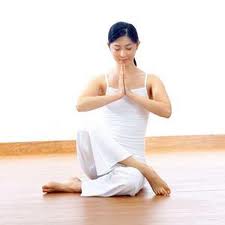Yoga Retreats are an opportunity to
deepen your practice or even begin your practice in an intimate and nurturing environment.
A weekend of yoga with delicious meals, wine and laughter. Students should
be light minded and they’ll enjoy all of the comforts and amenities that you
love. The yoga should be for all levels, with modifications given for newer
practitioners and options for those who would like more of a challenge. Yoga
Retreat should be catered specifically to students. Many students come on their
own and make new and lifelong friends, some come with girlfriends, co-workers,
sisters, college roommates, mothers or daughters to take a break from their
busy life, laughing, relaxing and sharing stories.
The yoga workshop should be for all levels.
New students come to learn more and to begin their yoga practice, while many
who have gotten away from a regular practice come to renew their commitment. If
you have specific injuries that may compromise your ability to do certain
poses, Theresa will set up a one-on-one session for you shortly after your
arrival, so you can address any concerns you may have.
























